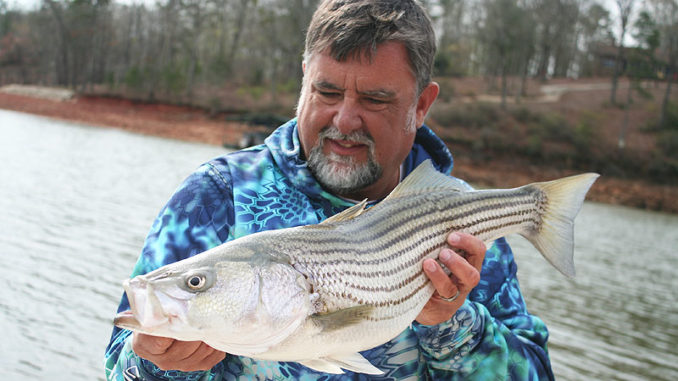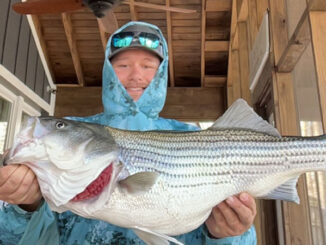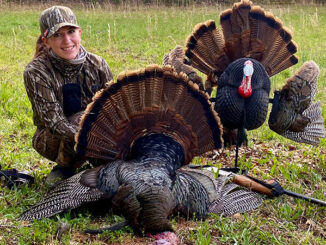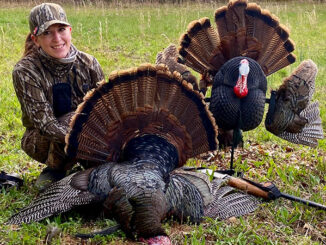
February weather makes fishery unpredictable
Striper fishing on South Carolina’s Lake Hartwell in February can be described in three words: challenging, fantastic, unpredictable.
Fishing can be tough or wide open, but it is always unpredictable, according to guide Chip Hamilton of Easley, S.C. It all depends on water temperature. The weather can fluctuate from winter to summer and back in a two- to three-day period.
“February is one of those months where it is up and down with the weather,” he said. “We are affected a lot more by weather fronts in the winter and spring than we are in summer and fall.”
Hamilton (864-304-9011) said fishing can change in the wink of the eye if the weather is unseasonably warm for a few days. But then it plummets if the lake is blind-sided by a frigid northeaster blowing down from Canada, bringing snow and sleet.
“If the water temperatures stay in the 50s, then fishing can be pretty good,” he said. “But if it gets down into the 40s, fishing gets a lot more challenging.”
The fishing patterns are more like January than March, he said. And anglers can catch these fish in several different ways.
Stripers chase baitfish into channels
“A lot of times fish will get in main creek channels and river channels up the rivers, at least halfway up and further. The fish are not even thinking about spawning. They are in the channels because the bait is in the channels,” he said.
“If you go into a creek and don’t graph any bait at all, leave. It doesn’t mean there are not any fish, but they are scattered. If you do find baitfish, put live herring down 20 to 25 feet and put free lines out. Then slowly troll around the shallow bait pods.”
You might not be marking fish on the graph, he said, but they will come from out of sonar range to catch a quick meal.
“This time of year, the really avid guys take advantage of an aggressive afternoon bite with fish that are holding on a point or around shoal signs,” Hamilton said. “If you see fish on the graph in about 30 feet of water, drop baits down to them.”
A third pattern also works best in the afternoons on breezy days, he said. This technique involves casting artificials towards the banks while pulling live blueback herring on free lines and planer boards.
“The water warms in the afternoons and pulls in the larger fish. You will probably catch smaller fish throwing jigs to the bank. But when a bigger fish sees the baits 40 yards behind the boat, he will run out there to get a quick meal.”



